Virtual high-level event to launch the Global Report on Food Crises 2023
On 3 May 2023, the Global Network Against Food Crises will host a high-level virtual event to release the latest figures on how many people are facing acute hunger and malnutrition in crisis prone countries, in the Global Report on Food Crises 2023; the flagship publication of the Global Network Against Food Crises produced by the Food Security Information Network (FSIN) as a result of an analytical process involving 16 partners in the framework of the Global Network analytical efforts aimed at better understanding food crises.
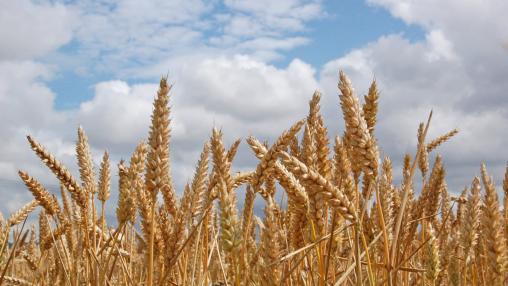
Eastern European farmers protest gluts of Ukraine food exports: The struggle to keep solidarity lanes open
Following fierce farm protests over gluts of Ukrainian grain and other food items in their domestic markets, four European Union countries—Poland, Slovakia, Bulgaria, and Hungary—have temporarily imposed import restrictions on key agricultural products from Ukraine. Restrictions in Bulgaria entered into force on April 24, and Romania, another EU member, has considered similar measures. The countries’ governments have stressed that these bans are temporary and imposed out of concern for their own farmers, who are seeing prices and incomes fall.
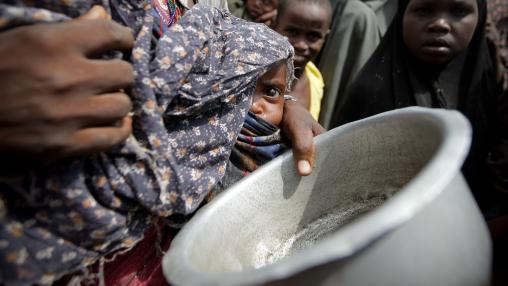
Increasing Resilience to Prevent Food Crisis: 2023 Global Food Policy Report Released
Over the past decade, the world’s food systems have faced multiple significant shocks, from the COVID-19 pandemic and the impacts of the Russia-Ukraine conflict to numerous climate change-driven natural disasters and instances of civil unrest and political instability. These challenges have disrupted markets, driven up food and fertilizer prices and price volatility, reduced food availability and accessibility, and pushed millions of people into hunger.
Production Prospects for the Northern Hemisphere
With no end in sight to the war in Ukraine and tight global stocks, uncertainty continues to hang over agricultural markets. Reduced plantings in Ukraine mean that other countries will need to produce additional grains and oilseeds to help rebuild global stocks and moderate price levels. This webinar will focus on crop prospects in the Northern hemisphere. Experts will address crop and weather conditions in key wheat, corn and oilseed producing regions including the US and Canada, the EU and Black Sea, North Africa and China.
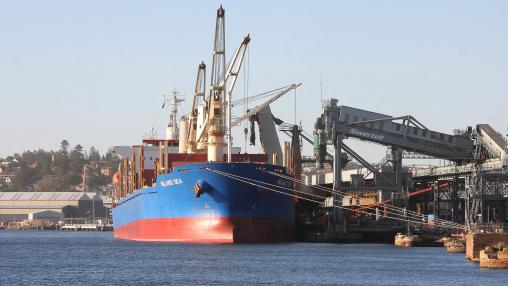
The Russia-Ukraine war’s impact on global food markets: A historical perspective
The Russia-Ukraine war has focused global attention on the key economic roles that those countries play as major exporters of agricultural commodities. Over 2019-2021, they accounted for 12% of global agricultural trade on a kilocalorie basis, with a combined market share of 34% for wheat, 26% for barley, 17% for maize, and 75% for sunflower oil. The war has scrambled this picture, with Ukraine’s exports falling dramatically, and Russia’s falling, then recovering.
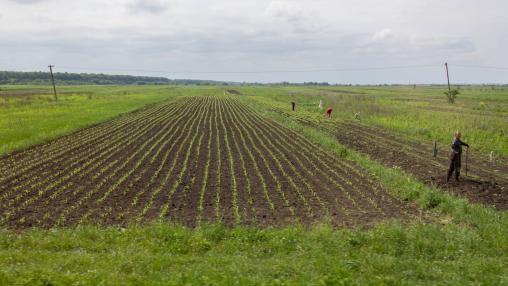
Regional war, global consequences: Mounting damages to Ukraine’s agriculture and growing challenges for global food security
Russia’s all-out war on Ukraine has inflicted devastating impacts that continue to mount more than a year after the invasion. As of September 2022, even before Russia’s winter bombing campaign, the total damage to Ukraine’s infrastructure was an estimated $127 billion, equal to 64% of the country’s 2021 GDP. More than 14 million Ukrainians have left their homes, including more than 8 million refugees.
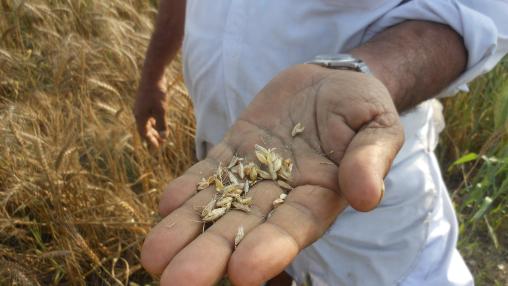
Price Insulation And Global Wheat Markets
The real global price of food surged in 2022, reaching well above the previous peak seen in the 2011 food price crisis. While prices declined somewhat in July 2022, they remain alarmingly high, and some countries have enacted policies, such as export bans, to try to rein in prices on their domestic markets.
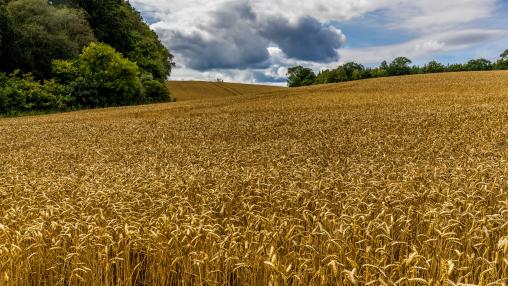
Assessing tight global wheat stocks and their role in price volatility
The Russia-Ukraine war has caused significant price volatility in agricultural markets over the past year—for wheat, in particular, price levels and price volatility reached the highest levels since the 2007/08 marketing year. Both have fallen back to pre-war levels over the past six months, but volatility remains high relative to historical levels (Figure 1), indicating that significant market uncertainty remains, creating ongoing vulnerability for global food security.
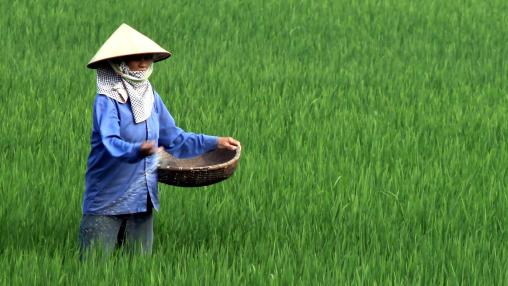
The Russia-Ukraine war after a year: Impacts on fertilizer production, prices, and trade flows
Russia’s 2022 invasion of Ukraine triggered global disruptions in markets for key food crops and fertilizers, threatening food security worldwide. With the war now entering its second year, high international food prices have moderated, though domestic price levels remain high in many low- and mid-income countries. Here, we turn to global fertilizer markets, examining how they weathered the past year and the likely impacts going forward for agricultural production and food security.
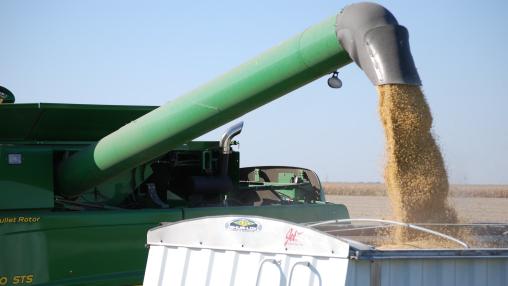
Food, Fertilizer Prices Decline in February
The FAO Food Price Index continued to drop slightly in February, reaching almost 19 percent below its March 2022 peak. This represents the eleventh consecutive month of decline.